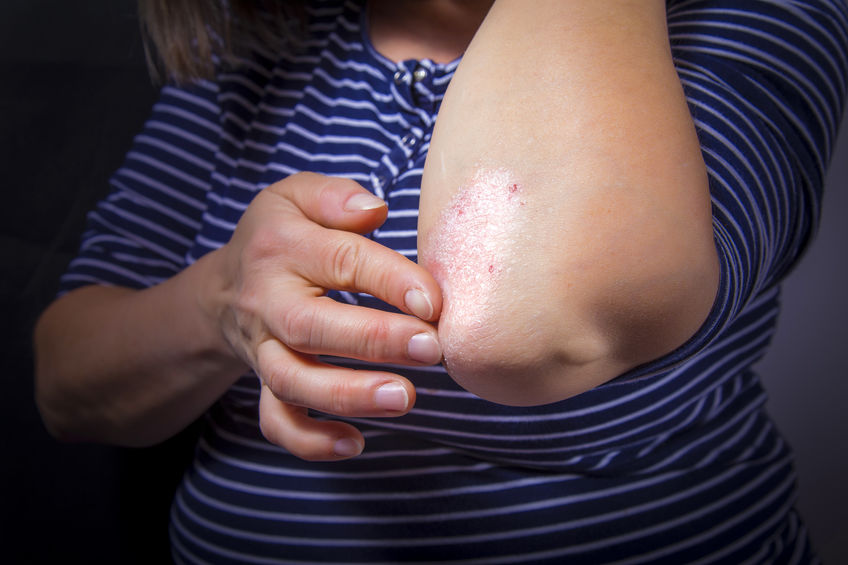There are very many causes of skin rash. Some rashes signal the outbreak of an infection, like chicken pox or measles. Some, like acute hives, come and go within days or a week or so, and do not reappear. Others last longer and will flare up over periods of time. (‘Chronic’ hives, for example, lasts for six weeks or more, healing up and reappearing over time). Allergic skin rashes like hives and dermatitis (eg atopic dermatitis/eczema), are caused by a reaction to substances as diverse as food, clothing, chemicals, insect bites, medications and inhalants present in the air. This article describes 68 potential causes of skin rash.
Skin rashes and stress
As well as causing stress due to physical irritation and the potential embarrassment created by its appearance, a skin rash can actually be caused by stress itself. This article outlines the effect stress can have on your skin. Eczema, rosacea and psoriasis can all be aggravated by stress, which can also cause a condition called fever blisters. Feeling ‘hot and bothered’ can exacerbate skin conditions, as stress makes skin more sensitive and more prone to react to outside factors, like dietary and environmental allergy triggers.
Track down your allergy triggers
A health professional like a doctor, dermatologist or immunologist can help you identify what type of skin rash you have. Some conditions are easier to identify. Shingles, for example, is caused by the same virus (the varicella zoster virus), that caused chicken pox when you were younger. The virus lies dormant and can cause a shingles outbreak in later life. Once it has been identified, a course of treatment can be determined. Other skin rashes have a less obvious diagnosis and an even less obvious cause, or variety of causes. If your rash is caused by an allergic reaction, you will need to keep a diary to track down the allergens and irritants that are causing your skin to react.
Self-help and skin rashes
Being proactive is one way to feel less helpless when you contract a skin rash. Keep a diary of where you go, what you eat and what you do to establish possible health triggers. What time of year is it? What is the temperature like? Have you used a particular product lately that you don’t often use? A reliable and trustworthy health-tracker can help you keep a record of the conditions that cause your rash to flare up.
Keep your cool
Try to keep your cool mentally and physically by taking part in relaxing exercise like yoga or tai-chi that don’t cause sudden increases in body temperature. Avoid stressful situations and overheated environments. Try these physical ways to cool or calm down your skin:

- Avoid hot baths
- Wear loose-fitting clothes made from natural fibres like cotton, silk or linen
- If you are cold, wear layers of light, natural fibres rather than one thick layer like coarse wool
- Lubricate your skin with cooling salves like Aloe Vera gel, Witch Hazel or Calamine lotion
AlliApp and skin rashes

The AlliApp health-tracker is a medically endorsed and trusted way to help you keep a track of everything you eat and do, from day to day, that could cause an outbreak of an allergic skin rash. By recording your food, medication, air quality and even your moods, AlliApp can help you to help yourself in determining the cause of your skin rash. By avoiding your personal health triggers, you can guide yourself back to optimum health





